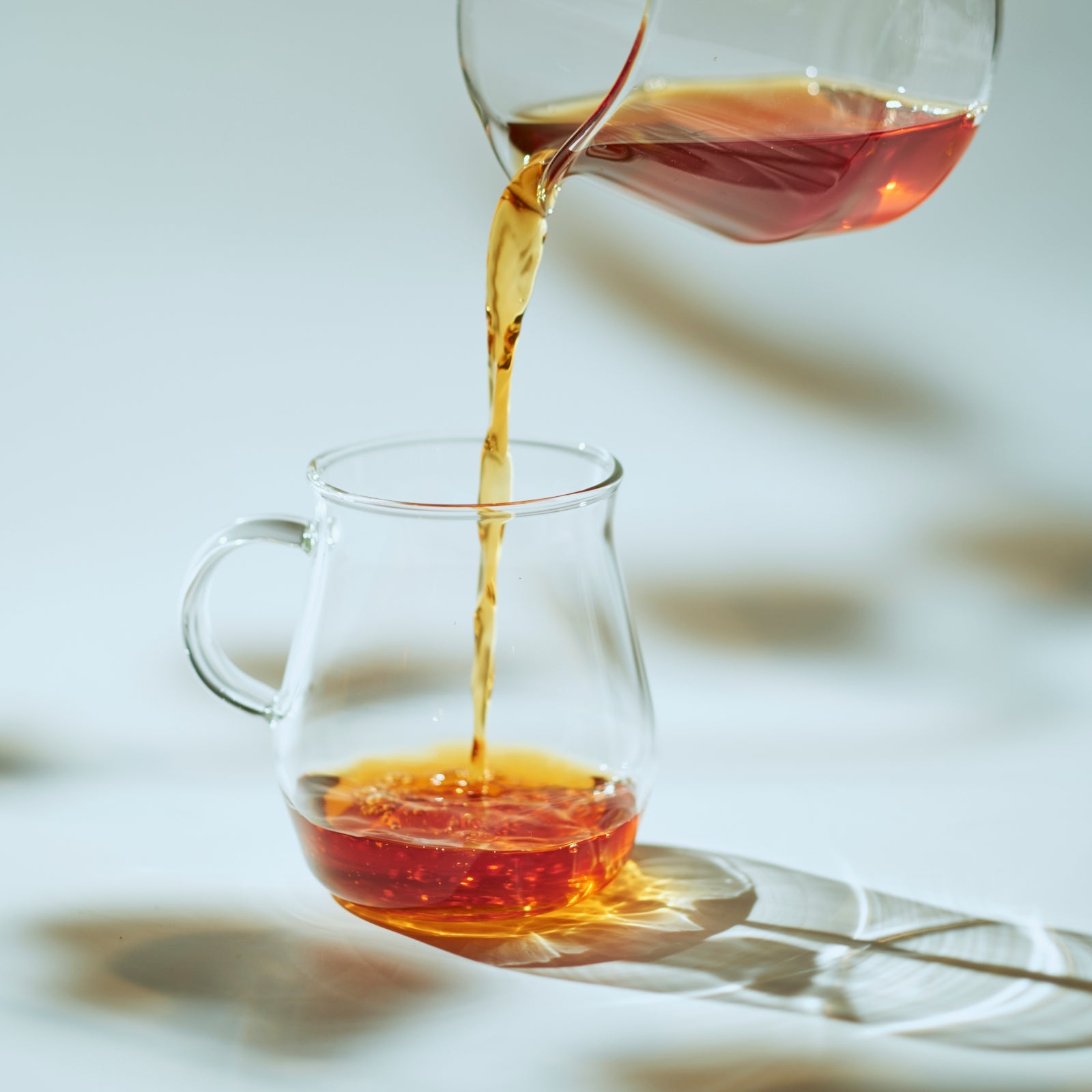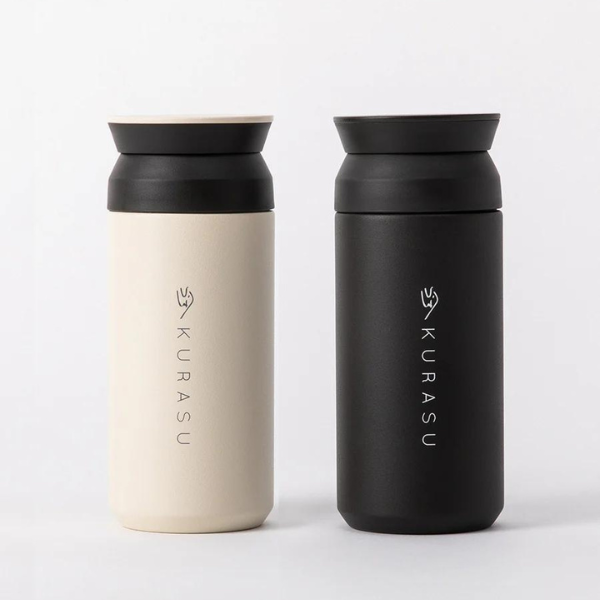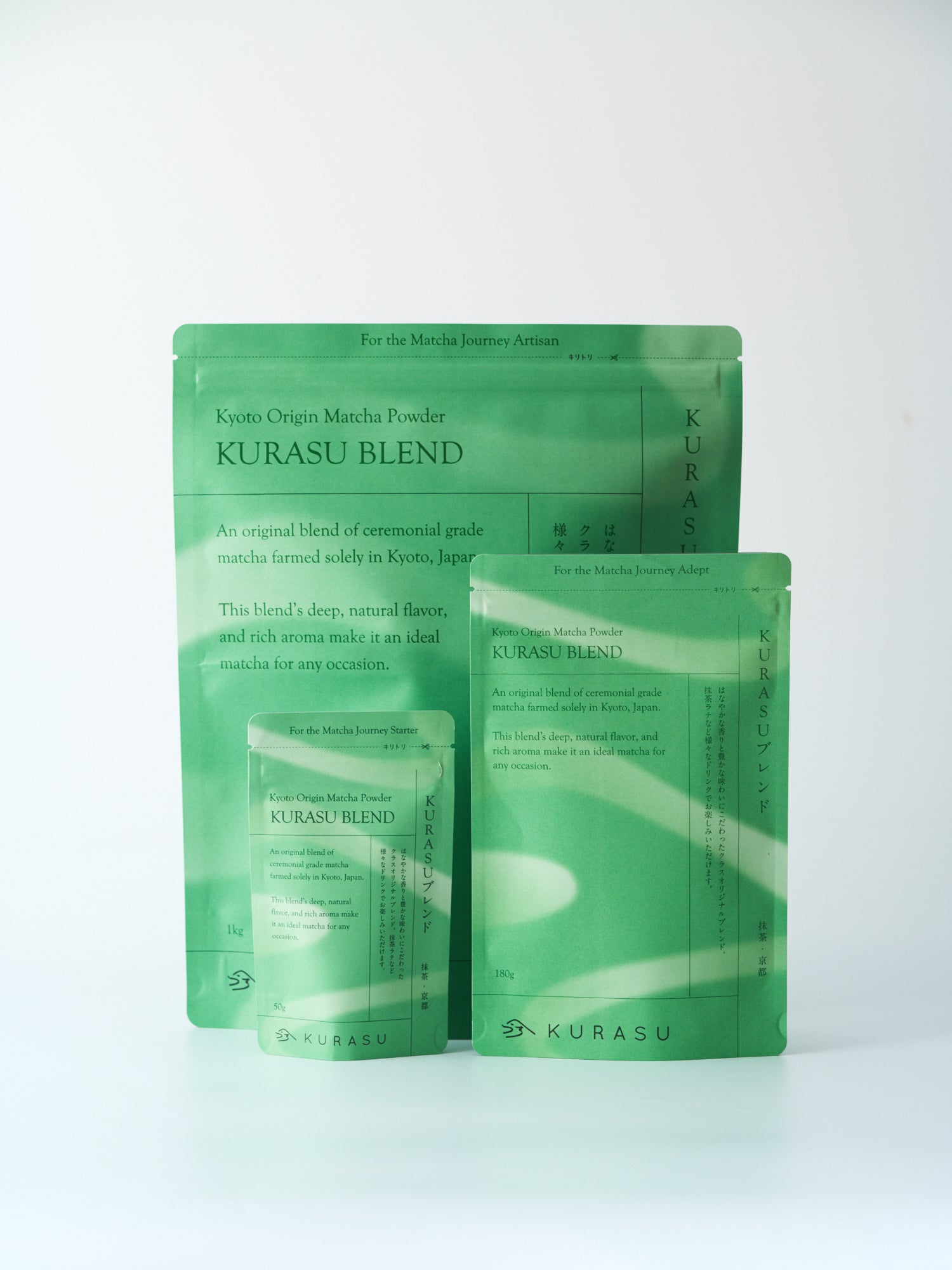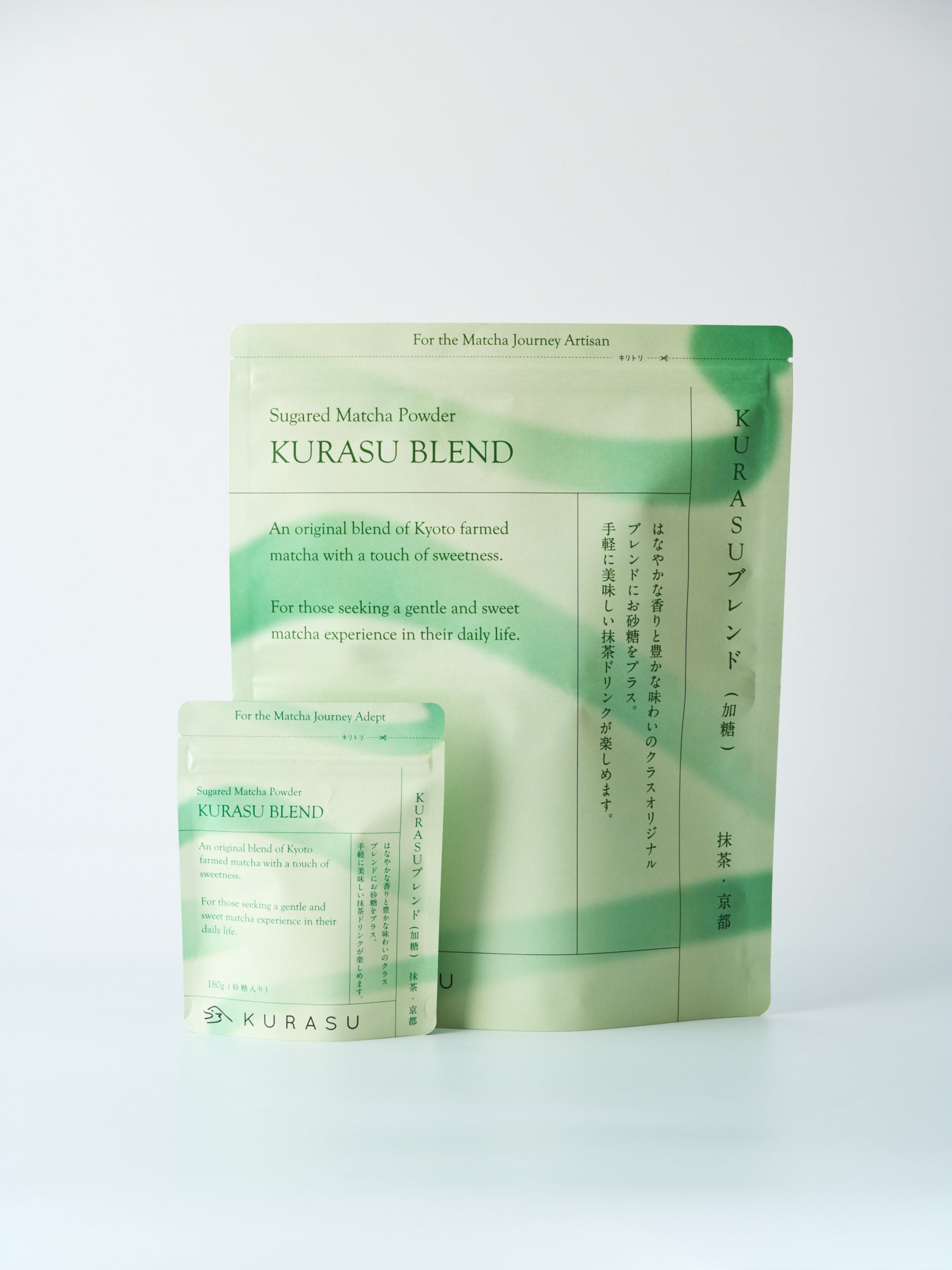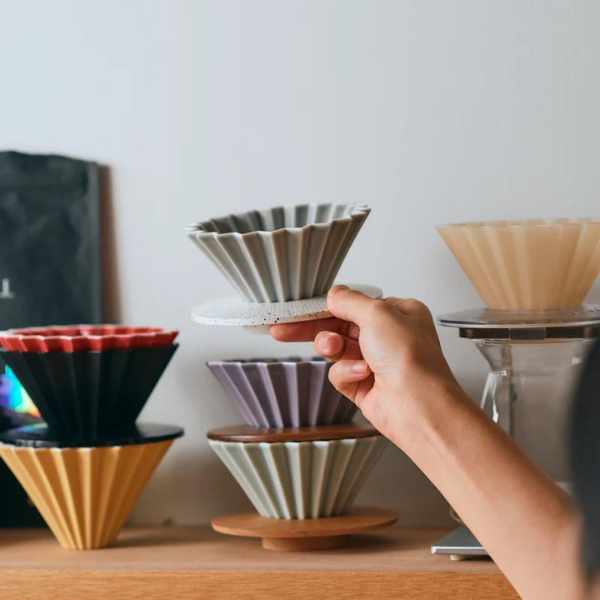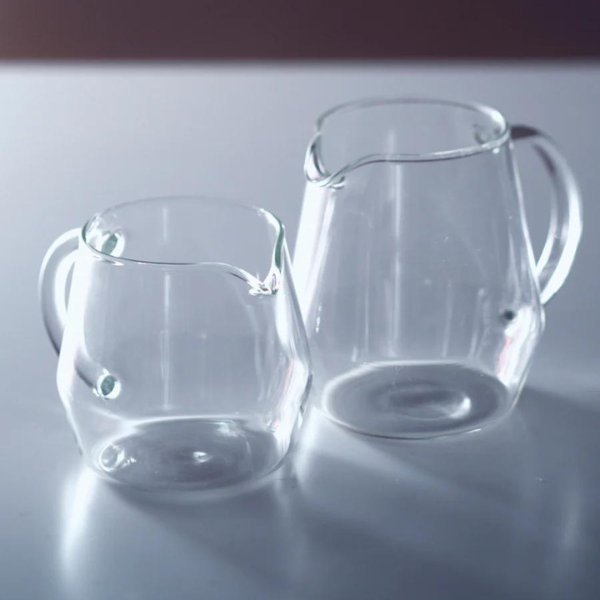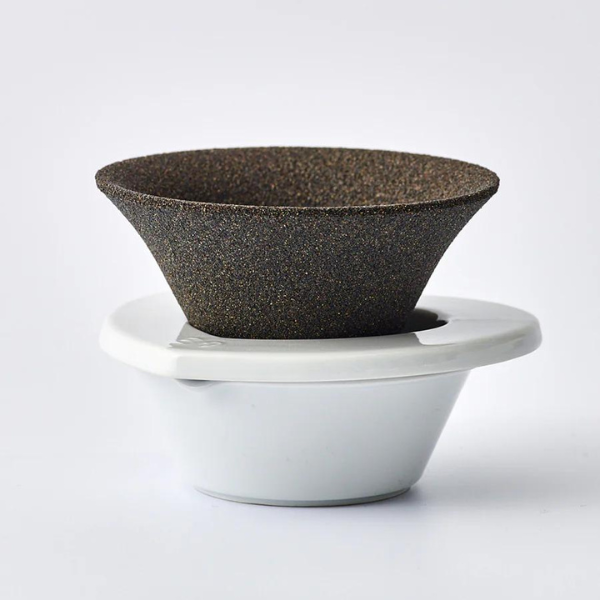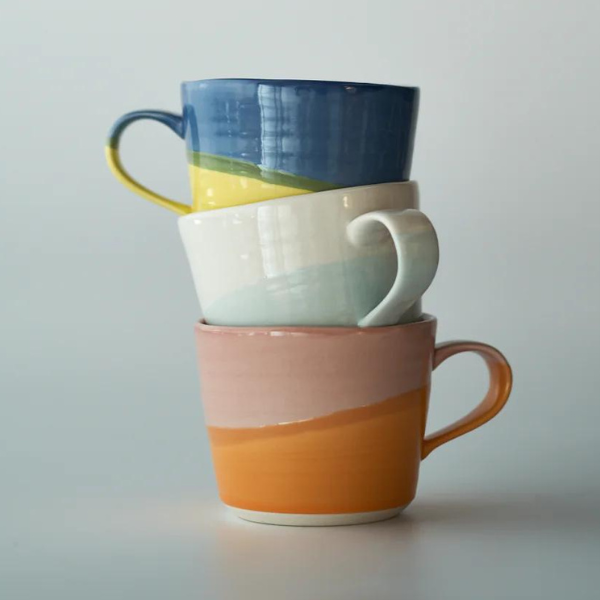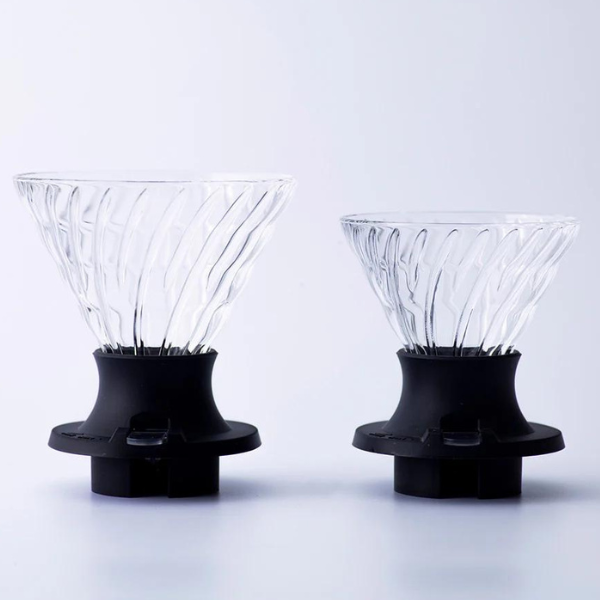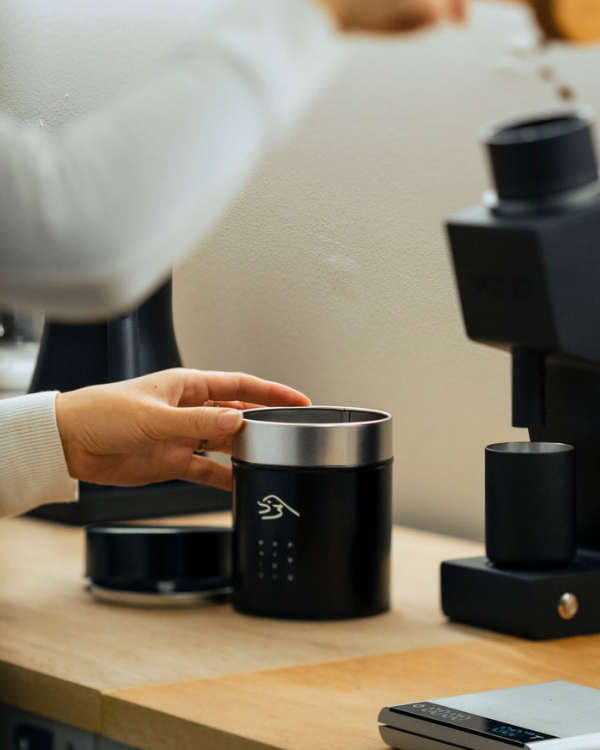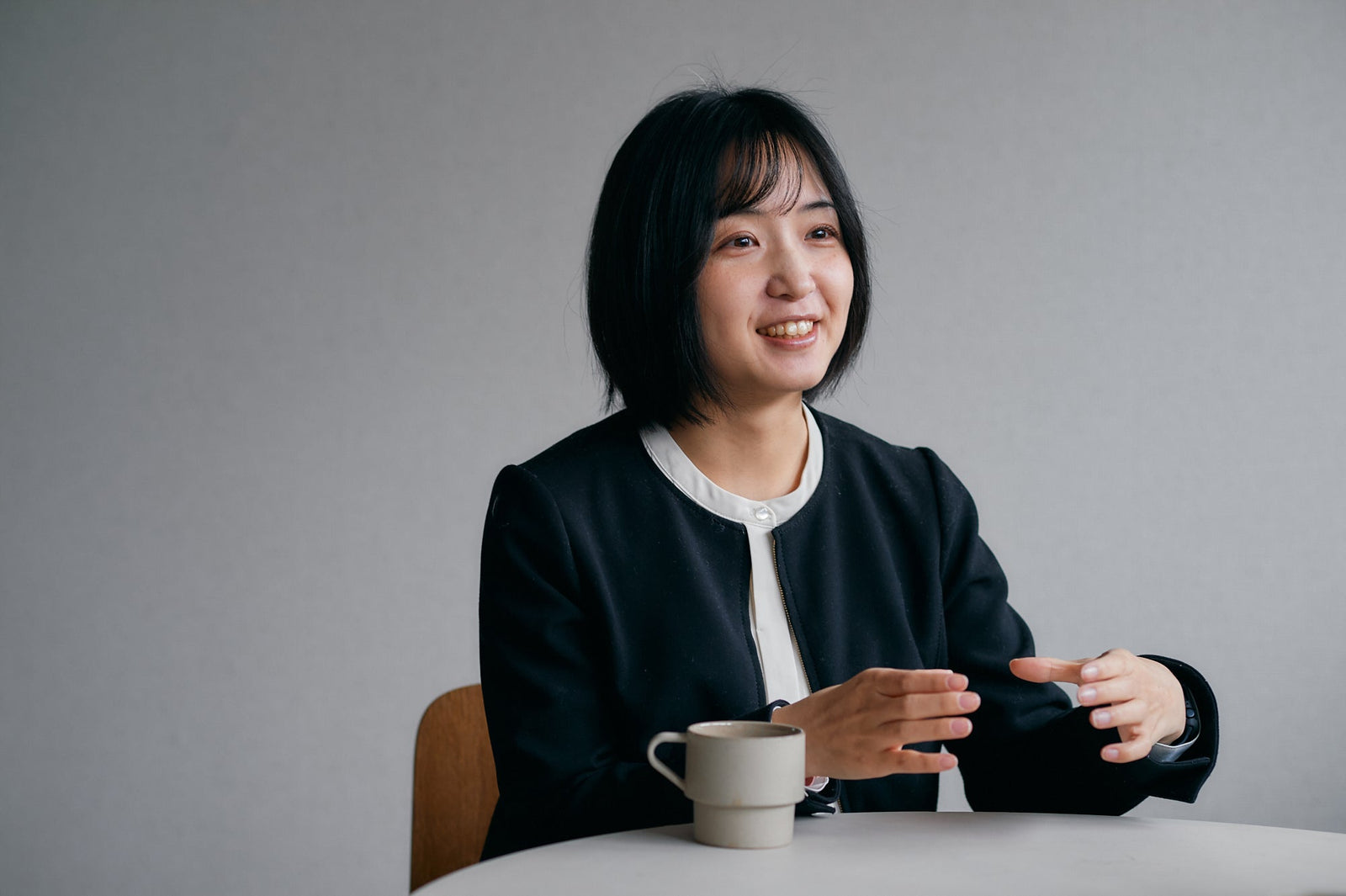To celebrate the collaboration between Kurasu,KYOTOGRAPHIE, andKG+, we launched this [KYOTOGRAPHIE] series to explore new perspectives on how coffee and art cross their paths.
We asked professionals in different industries- a coffee roaster, an artist, and a curator- the same set of questions, revolving around this year’s KYOTOGRAPHIE concept, “HUMANITY,” to bring what creativity can do into focus through different perspectives.
On Vol.2 of the series, we interviewed a visual artist, Mika Kan. Through her work of photographing “non-human” objects such as dolls and animais, she has been exploring what set human and non-human beings apart. “HUMANITY” she expresses is not something pre-defined, but it is rather a sensation that quietly rises and floats between conversations.
Do you like coffee?
— Are you a coffee drinker?
My body cannot take much coffee. I have been hearing a lot about specialty coffee and how varied their flavors and profiles can be, but had never gotten around to experience it first hand. So it has taken me until very recently to understand how fun and interesting specialty coffee is.
But when I had a decaf from Kurasu I found it tasty. I recommend it for people like me, who love the taste of coffee but do not respond well to caffeine.

How do you define “HUMANITY”?
— In the context of your work and creation, how do you define “HUMANITY”?
As an artist, I have always been working on exploring the boundary between humans and non-human beings. It is a big question to ask, but depending on where you start approaching that question from, how you perceive things can change. To give you an example, one approach could be what makes animals and humans different, whereas the other approach would be what makes machines and humans different.
Also, you could ask a question in the context of history, and compare the definition of human beings as we are now and that of the future. In old SF novels you would sometimes find dystopian settings where a robot or a cloned human are defined as “humans”, but now, in reality, there are already many cloned animals.

So I consider that line between humans and non-human beings is an ever-fluctuating thing. That’s why I wanted to approach this question of “HUMANITY” to expand or update the existing definitions. That’s my intention for my work.
— What type of tool do you use for expression?
I mainly use photography. For my signature series,《Do Lovedolls Dream of Babies?》, I photographed dolls. When you see the dolls in person, they look artificial, and even the really well-made ones could look very much like humans but you would rarely confuse them for real humans. But through camera lenses, sometimes there are moments when they start to look like a real human being- and in the photos shot with such moments, the doll looks alive.

《The Future Mother 10》By Mika Kan
Explaining it more in detail, depending on the imagination of the audience and their cognitive types, the experiences can be varied from “I know it’s a doll but I feel human quality from it” to “I can’t tell if it is human or a doll.” One same piece of art can be interpreted with such a wide spectrum, and it is worth digging into that experience.
— Photography tends to be used as a medium to prove something exists, but did you work with the objects, the dolls, in any other different ways?
I recently photographed animals- my 《Planet of the Cyborgs》series I published in 2024- for that, I used an infrared camera.
Humans cannot see infrared, but many animals can sense it. With that in mind, you could say that the same flower humans see and animals see can appear different. Realizing that there are non-human senses, you can use infrared cameras to recreate and enact the animal senses. That, I think, was a perspective from the objects rather than towards it, which was something different I did.

《Bird's, Bug's, Mechanical Eyes》By Mika Kan
What defines human beings?
— You mentioned the difference in human and animal senses- what do you think defines humans?
It is a difficult question with no answers, haha. Some people love their pets as if they are their own children. For them, their pets are equal to their family members. With that in mind, I think HUMANITY is a flexible concept that can be ever extended by love.
That means there should always be a discrepancy between the definition of human beings as individuals, and that as social existence.

— Some do funerals and make tombs for their pets.
That is related to our exhibition at Kurasu HQ UG this time, but there was a culture called “postmortem photography”- in the 19th century in certain regions of the world, when someone in the family passed away, people took photos of the body before the burial.
With modern day values some may feel such an act is considered a taboo, but back in the 19th century, photography was accessible to only a limited few, and the required exposure time was much longer too. So I imagine the act of taking a photo was received a little differently to our time, where we can capture and recreate an image under 1/4000 of a minute.

《Pre-alive Photography 09》By Mika Kan
For example, with babies, they are always moving around and difficult to photograph. And the past days’ medicine was not developed so the fatality rate for infants was high. So when a baby passed away, the family would then put a dress and a makeup on the baby, surround them with flowers, make them look alive and take photos- so that they can have something that proves that they were there.
Actually, some postmortem photographs from the 19th century are of pets. I’d say that that desire for leaving a mark of their dear family has been with us since over 100 years ago.
Ultimately, when we try to define human and humanity, I believe what those mean to individuals and what kind of context there is is what matters. Within that context, at KG+, I decided to exhibit my series of photographs I took of baby dolls.

Setting up the exhibition at Kurasu HQ UG
How do you express the intangible?
— Thinking of “something invisible” with the example of postmortem photography, what we can see is a diseased body which, at first, could seem eerie, but what lies deep underneath that which we cannot see is love.
I agree. Also, there’s the fact that those photos are preserved and still present- it wouldn’t have survived without love. In that sense, you could simply say that photos capture “a story that cannot be seen.”
— When you see photographs as an art form, you can switch your perspective and try to see the stories that are not visible in the photo- maybe that’s how we approach this?
Using your imagination is important when you appreciate an art- you can look at the photos and think about why those photos were taken, or among countless photos ever existed, why these particular ones survived.

— When I go to a photo exhibition, I often find myself briefly closing my eyes to think. So I’m not looking at them, but I have this sense of seeing.
I understand. A photo starts a conversation with yourself.
When do you feel like a human the most?
— Talking about our inner selves, when do you feel the most like a human being?
I feel my humanness when I feel emotions and curiosities. The excitement of trying new things, the desire of learning more. I feel alive in those moments.
Also talking about feeling alive, getting feedback from my audiences makes me very happy.
Stories in art pieces are open-ended to some extent, so as an artist I appreciate any feedback. Even if they said they hated my work, that means it rocked someone’s emotion that much. Getting no feedback or reaction is the saddest thing, as an artist.
Beyond the matter of liking or hating an art piece, art itself affects us often indirectly- it won’t always directly nor instantly move people’s hearts. For some people, getting their values rocked and challenged can be exhausting. But that experience will gradually make changes in them and linger in their minds.
— In the specialty coffee’s context, we sometimes try to describe that gradual effect like that given by coffees with notable flavor development and layers of notes and flavors. It can be understood and interpreted in many different ways, and I see something in common between that and art.
To some extent, humans would find hope in things with slow-acting nature.
In the past, I found someone who visited to see my work crying at the gallery. They said that my work resonated with their past. They told me how they experienced a painful loss, and people around them kept telling them to move on and that was really hard. But seeing my work, they said that they felt like it is OK to feel and be as they are.

Setting up the exhibition at Kurasu HQ UG
Grief is a grief, and you can embrace it as it is- I think that’s the message they received from my work. But again, at some point in the future, they may interpret the experience in another way, and I see possibilities in that.
What do cultural crossroads bear?
— Thank you for sharing the episode- so you learn and get a new perspective from your audience too, and what do you think comes from where humans and cultures cross their paths?
Every existence intertwines with one another, and there will be some type of message sent out to us. But how we notice it, react to it, and interpret it are different between the individuals.
When I exhibit my work as an artist, I first cross paths with my audience. My work gets connected to each one of the audience’s backgrounds and their memories. That sometimes gives me, a creator, a reaction I have never expected.

I also teach at a grad school, and there are many mature students who used to work at companies, and with different interests. In a short 2 years they need to determine their next steps, but within those 2 years their paths cross, and their aesthetics and senses intertwine and develop.
It is a crossroads as well as their milestones- it amazes me how a flicker of the moment where coincidence and necessity meet can create such an experience.
— We’ve heard that there was a special backstory that led to this two-person exhibition here.
I met Peng-Chun Yen san I partnered with for this exhibition in 2023 Taiwan, at the 2023 Taiwan Photo Art Fair. Among the many artists’ works, Yen-san’s work stayed with me the most, so I reached out to him.

Setting up the exhibition at Kurasu HQ UG with Yen-san (left)
Although we speak different languages and have different backgrounds, I felt that what we express through our works have some similarities, and I wanted to share his work in Japan. So I planned his exhibition first, but Yen-san suggested it to be a two-person exhibition. Probably he felt the resonance too.
By making it into a two-person exhibition rather than a solo exhibition, we are expecting to create a new context that wouldn’t have been visible otherwise. An artist crossing paths with another artist can be interesting- and what comes out of the crossroads is discovering something you didn’t know, perhaps.

Coffee and art.
Art and coffee.
Both seem to hold clear answers for us, but there is always a room for uncertainty and feelings. In that space of “unsureness” a room for conversation lies.
We hope this interview left you with new little questions- stay tuned for more perspectives.
Mika Kan
Visual artist. Associate professor at Kyoto University of Art and Design's Graduate School of Photography and Film (correspondence course) and at the Institute of Advanced Media Arts and Sciences. Her photographic and video works intersect popular photographic culture from the 19th century to the present day with the context of dolls, questioning the "boundary between human and non-human”.
By using the double-mediated image of photographs of dolls, she disturbs the contrast between life and non-life, life and death, real and fake, past and future, and so on.
Notable solo exhibitions include “Imaginary Lie” at Shiseido Gallery, Tokyo (2021), OPENSITE 7|Kan Mika “Through the Selfie” at Tokyo Arts and Space Hongo, Tokyo (2022), and “I Won't Let You Go” at 1839 Contemporary Gallery, Taipei (2024). Received a VOCA Exhibition 2020 Incentive Award.
(photo: Ai Mizobuchi / text: Jongmin /translation: Aya)

